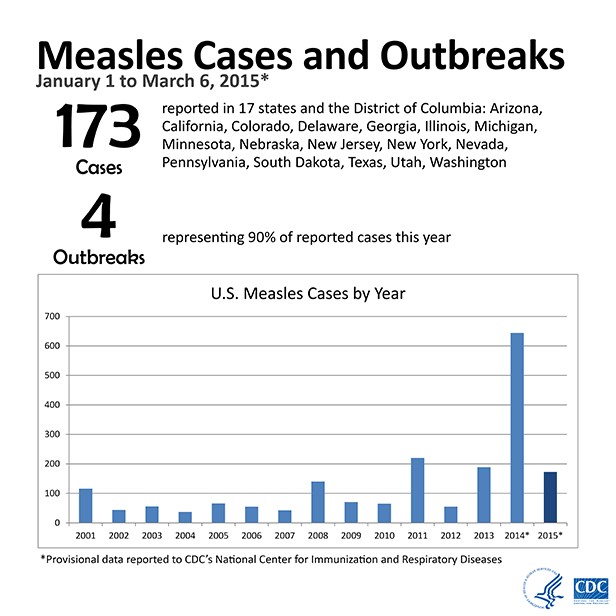Twenty years ago, in January 1995, I wrote my first “blog”. It wasn’t called a blog back then. Jorn Barger first used the term “weblog” in December 1997. Peter Merholz shortened this to “blog” in April or May 1999. So I’ve been blogging since before there were blogs, a full twenty years ago.
The process of writing a blog is dramatically easier than it was twenty years ago. At the start all posts were written in a text editor typing in all the HTML codes.
<ul>
<li>Is it a secret?</li>
<li>Who must not find out?</li>
<li>What harm will come to the United States if “they” find out?</li>
</ul>
Let me elaborate.
<h4><em>Is it a secret?</em></h4>
A simple question or so it would seem.
HTML gave way to CSS and now I use WordPress, a purpose built blogging tool. Today the mechanics of writing a blog are easy.
Research has also changed. In May 1995 when I wrote On Government Secrecy[1] I spent a long day in the county library chasing down source material. Today I do most of my research online.
Why do I write?
I have no expectation that my blog will change the world. With just a handful of readers it will not have an effect on the body politic. I write for me[2]. Writing helps me better understand the issues and stop obsessing about them.
What do I write about?
Mostly I write about subjects that can vaguely be categorized as politics or foreign policy.
From Presidential Politics[3], October 2004,
The “Swift Boat Veterans for ‘Truth’” ran ads proclaiming that John Kerry was lying about his combat service. Republican senator John McCain called the ads “dishonest and dishonorable”. He was no stranger to the tactic. “It was the same kind of deal that was pulled on me.”
George Bush didn’t go to Vietnam, but then neither did I. Did his family connections help him avoid service? Of course, but then I’m sure my mom requested the intersession of the Almighty on my behalf. Various groups have claimed that George Bush did not satisfy the requirements for his National Guard service. The basis is a number of documents that don’t or no longer exist and a few documents that cannot be verified. But a document that does exist and was verified is an honorable discharge.
From North Korea and Nuclear War[4], December 2010
Their increasingly bellicose pronouncements, including the threat of a nuclear war, make it clear that a long term solution on the Korean peninsula requires that either the South Korean border be extended to the Yalu River or the Chinese border be extended to the 38th parallel. I’m not sure I care which. Given the sorry state of the North Korean economy I suspect that both South Korea and China would each prefer it be the other.
At times I’ve tried to explain science and public policy.
From Science and Press Releases[5], April 2012
For immediate release: Thursday, April 5, 2012
Boston, MA – The likely culprit in sharp worldwide declines in honeybee colonies since 2006 is imidacloprid, one of the most widely used pesticides, according to a new study from Harvard School of Public Health (HSPH).
Reading press releases on scientific papers leads to little more than confusion. Real understand requires reading the original paper.
The Harvard press release says, “The authors, led by Chensheng (Alex) Lu, associate professor of environmental exposure biology in the Department of Environmental Health, write that the new research provides ‘convincing evidence’ of the link between imidacloprid and the phenomenon known as Colony Collapse Disorder (CCD), in which adult bees abandon their hives.”
But what the paper actually says is, “Data from this in situ study provide convincing evidence that exposure to sub-lethal levels of imidacloprid causes honey bees to exhibit symptoms consistent to CCD months after imidacloprid exposure.”
The most important point is that you cannot trust press releases or commentaries to accurately describe scientific research. If you really want to know what was written you need to read the original. Don’t trust anyone’s characterizations.
From “Non-Lethal” Weapons[6], December 2011
The incident at the University of California, Davis put pepper spray back in the headlines.[1] But the appalling conduct by the UC Davis police is not an isolated incident. There have been similar incidents around the country resulting in dozens of deaths.
The underlying problem is the term itself, “non-lethal,” that encourages a mindset that allows police to use these weapons with casual disregard for the consequences.
There have been deaths associated with everyone of the “non lethal” weapons used by police today. There is only one circumstance when any these weapons should be used—when the only alternative is to use “lethal” weapons.
Sometimes I explore the human condition.
From Birthers Won’t Go Away[7], May 2011
All conspiracy theories have at their core a major flaw. They presuppose a world filled with very competent people acting in a highly coordinated fashion, with laser like focus on long term goals, maintaining absolute secrecy. That’s not the world we live in. The real world is filled with marginally competent people, who have trouble taking directions and can barely look ahead a few weeks much less decades. And very few people can keep their mouths shut.
From Black and White[8], July 2010
A great majority of people insist on seeing the world in black and white. On every issue one side is everything that is good and the other is everything that is evil. I first remember being hit over the head with this perverse world without grey during the Vietnam War. It seemed that most of those opposed to the war concluded that since the war was wrong therefore all US soldiers were baby killers and all North Vietnamese and Vietcong were paragons of virtue. I believe the war was wrong, fought in support of a corrupt government in South Vietnam to prevent a domino effect on all of Southeast Asia that as time has shown wasn’t a problem. But I also believe the great majority of US soldiers were doing nothing more than trying to stay alive and the North Vietnamese and Vietcong often used tactics were reprehensible.
But once in a while I write about something personal
From On Driving Convertibles[9], August 2008
A friend of mine suggested that owning a convertible was unwise in our part of northern New Jersey, limited to just 15 days a year of driving with the top down.
As I was driving to work this morning with the windows down and the roof panel removed (temperature 57) I had a chance to think about it. 15 days a year isn’t even close, quadruple that is still not enough.
When I picked up the car for the first time at the dealership I put the top in the trunk and headed home for the first time, the long way around. That set the standard, the Corvette was to be driven with the top off at every opportunity.
Acceptable conditions: day or night, temperature range 55 to 85 though occasionally on both sides of that range. It could be bright and sunny, partly cloudy or completely overcast. In a light drizzle more often than you might expect, in a torrential downpour once. But for the bozo ahead of me crawling along, I would have made it into the garage before the skies opened.
 This symbol is instantly recognizable, the swastika. It was the symbol of Nazi Germany and is today used by radical Neo-Nazi groups around the world promoting ultranationalism, racism, ableism, xenophobia, homophobia and antisemitism.
This symbol is instantly recognizable, the swastika. It was the symbol of Nazi Germany and is today used by radical Neo-Nazi groups around the world promoting ultranationalism, racism, ableism, xenophobia, homophobia and antisemitism.


